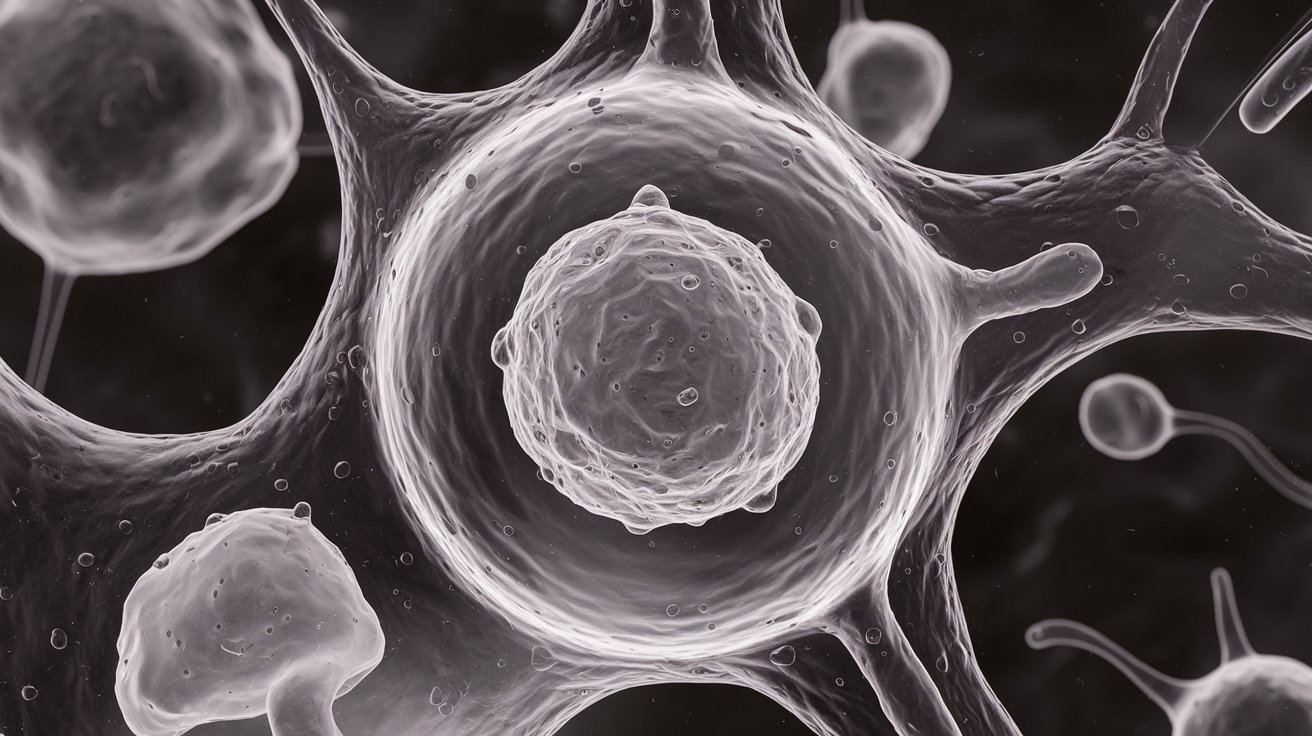
Thoracic celosomia is a rare congenital condition where organs like the heart or lungs develop outside the chest cavity. This anomaly can be life-threatening and requires immediate medical attention. Understanding thoracic celosomia is crucial for early diagnosis and treatment. This blog post will provide 25 facts about thoracic celosomia, shedding light on its causes, symptoms, and treatment options. From the role of genetics to the latest surgical techniques, you'll gain a comprehensive overview of this complex condition. Whether you're a medical student, a concerned parent, or just curious, these facts will offer valuable insights into thoracic celosomia.
Key Takeaways:
- Thoracic Celosomia is a rare condition where the heart is outside the chest. It affects 5.5 to 7.9 per million live births and requires immediate medical attention.
- Early diagnosis and advances in surgical techniques have improved the survival rate of infants with Thoracic Celosomia. Ongoing research aims to better understand the condition and improve treatment outcomes.
What is Thoracic Celosomia?
Thoracic Celosomia, also known as thoracic ectopia cordis, is a rare congenital condition where the heart is located outside the thoracic cavity. This anomaly can be life-threatening and requires immediate medical attention. Here are some fascinating facts about this condition.
-
Thoracic Celosomia occurs in approximately 5.5 to 7.9 per million live births.
-
The condition is often detected through prenatal ultrasound.
-
It is more common in females than males.
-
Thoracic Celosomia can be associated with other congenital anomalies, such as omphalocele and diaphragmatic hernia.
-
The exact cause of thoracic celosomia is unknown, but it is believed to result from a failure in the development of the chest wall during embryogenesis.
Historical Cases and Medical Advances
Throughout history, thoracic celosomia has been documented in various medical texts. Advances in medical technology have improved the diagnosis and treatment of this condition.
-
The first recorded case of thoracic celosomia dates back to the 16th century.
-
Early medical texts often described the condition as a "miracle" due to its rarity and complexity.
-
Modern imaging techniques, such as 3D ultrasound and MRI, have greatly improved the ability to diagnose thoracic celosomia prenatally.
-
Surgical techniques have evolved to improve the survival rate of infants born with this condition.
-
The first successful surgical correction of thoracic celosomia was performed in the 20th century.
Symptoms and Diagnosis
Recognizing the symptoms and diagnosing thoracic celosomia early is crucial for the survival of affected infants. Here are some key points about the symptoms and diagnosis.
-
The most obvious symptom is the visible protrusion of the heart outside the chest cavity.
-
Infants with thoracic celosomia may also have difficulty breathing due to the abnormal position of the heart.
-
Prenatal diagnosis is often made through routine ultrasound screenings.
-
Additional imaging tests, such as echocardiograms, are used to assess the extent of the condition.
-
Genetic testing may be recommended to rule out associated chromosomal abnormalities.
Treatment and Prognosis
Treating thoracic celosomia involves complex surgical procedures and a multidisciplinary medical team. The prognosis varies depending on the severity of the condition and the presence of other anomalies.
-
Immediate surgical intervention is usually required to reposition the heart within the chest cavity.
-
Multiple surgeries may be needed to repair the chest wall and address any associated anomalies.
-
The survival rate for infants with thoracic celosomia has improved with advances in surgical techniques and neonatal care.
-
Long-term follow-up is essential to monitor for potential complications, such as infections or respiratory issues.
-
Despite the challenges, some individuals with thoracic celosomia have gone on to lead relatively normal lives.
Research and Future Directions
Ongoing research aims to better understand the causes of thoracic celosomia and improve treatment outcomes. Here are some insights into current research and future directions.
-
Researchers are investigating the genetic and environmental factors that may contribute to the development of thoracic celosomia.
-
Advances in fetal surgery techniques offer the potential for in-utero correction of the condition.
-
Stem cell research holds promise for regenerating damaged tissues and improving surgical outcomes.
-
Collaborative efforts between medical professionals, researchers, and patient advocacy groups are essential for advancing our understanding of thoracic celosomia.
-
Increased awareness and early diagnosis can lead to better outcomes for infants born with this rare condition.
Final Thoughts on Thoracic Celosomia
Thoracic celosomia, a rare congenital condition, affects the development of the chest cavity and organs. Understanding this condition can help in recognizing symptoms early and seeking appropriate medical care. Early diagnosis and intervention are crucial for improving outcomes. Advances in medical technology and surgical techniques have significantly enhanced treatment options, offering hope to affected individuals and their families.
Raising awareness about thoracic celosomia is essential. It encourages research and support for those living with the condition. If you or someone you know is affected, connecting with support groups and medical professionals can provide valuable resources and emotional support.
Knowledge empowers us to make informed decisions and advocate for better healthcare. Stay informed, seek support, and contribute to the ongoing conversation about thoracic celosomia. Together, we can make a difference in the lives of those affected by this challenging condition.
Frequently Asked Questions
Was this page helpful?
Our commitment to delivering trustworthy and engaging content is at the heart of what we do. Each fact on our site is contributed by real users like you, bringing a wealth of diverse insights and information. To ensure the highest standards of accuracy and reliability, our dedicated editors meticulously review each submission. This process guarantees that the facts we share are not only fascinating but also credible. Trust in our commitment to quality and authenticity as you explore and learn with us.
